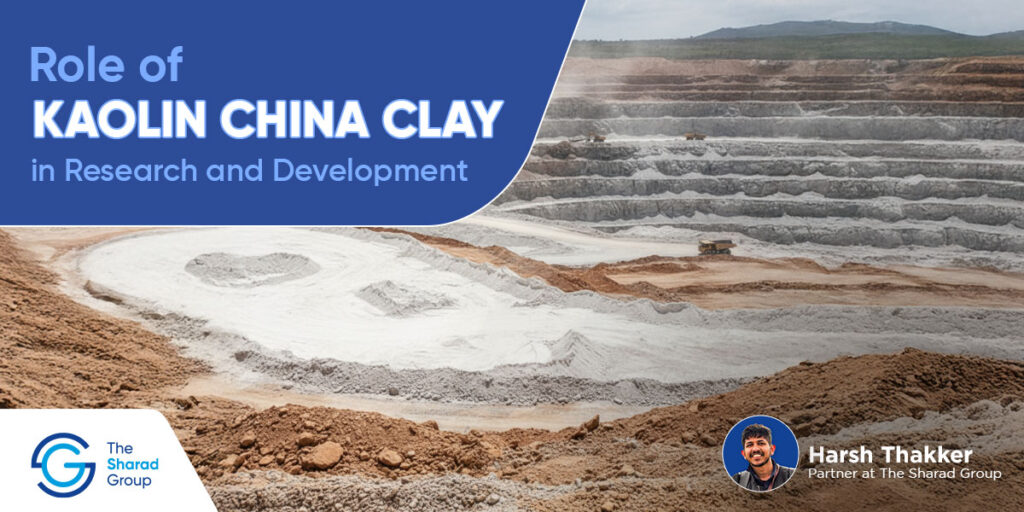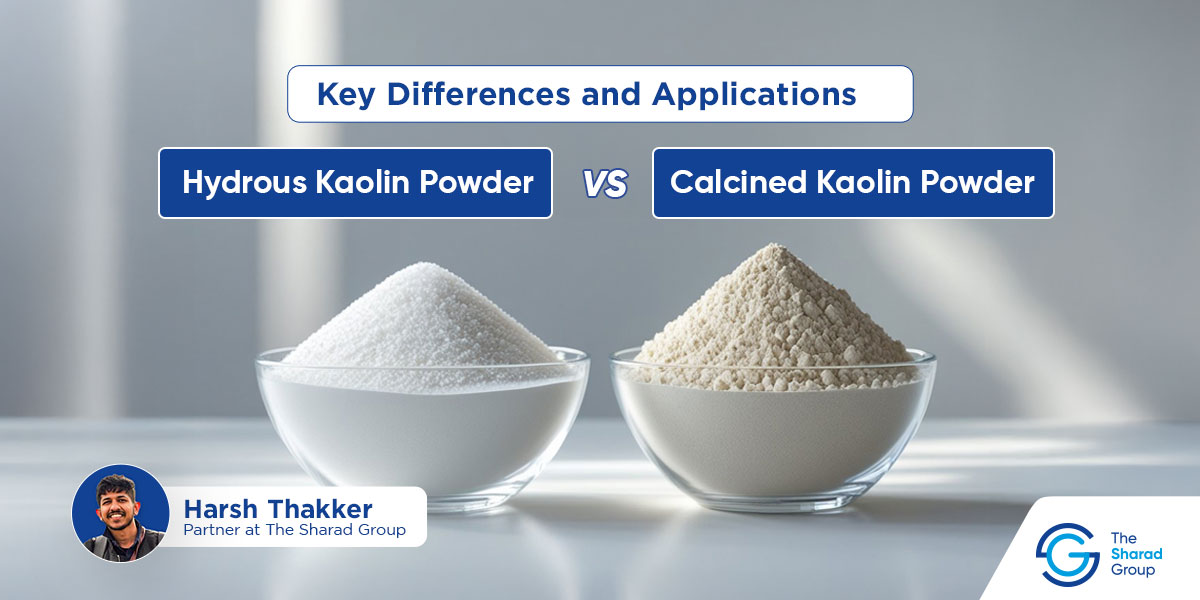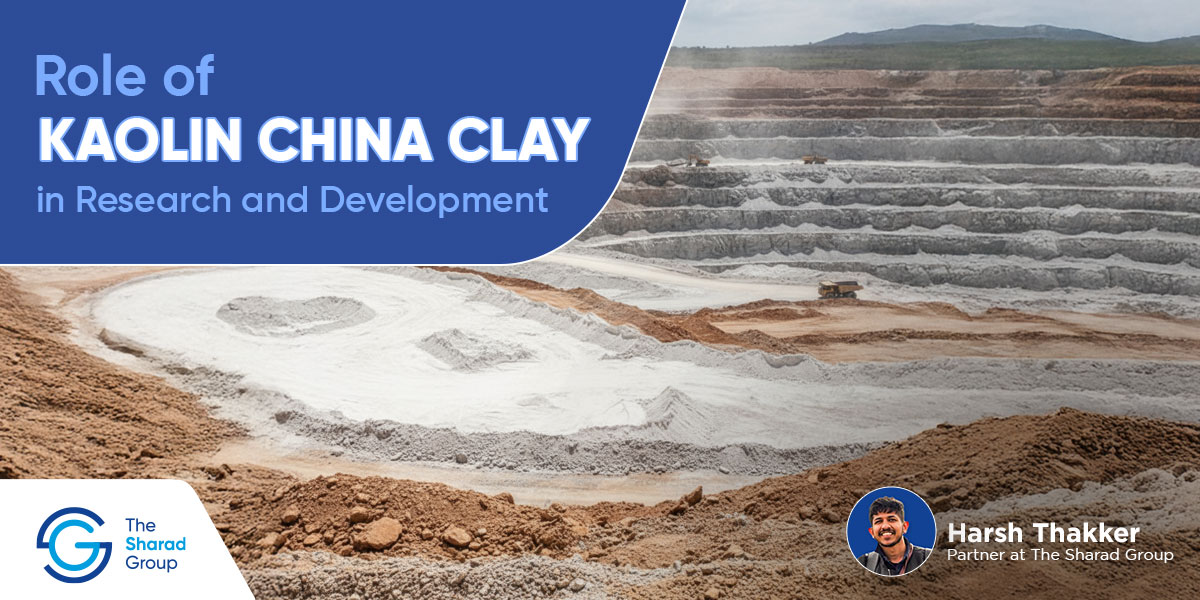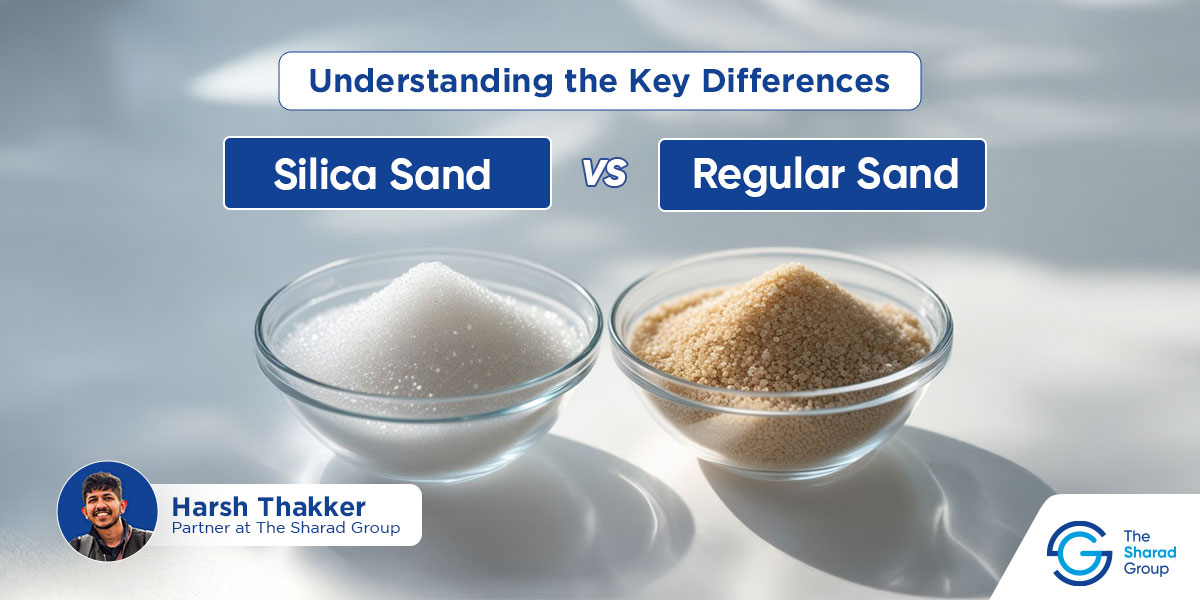The global Kaolin market is projected to grow at more than 5% every year till 2035, when its evaluation will surpass $9 billion. This growth is largely fueled by the industrial uses of Kaolin china clay in the ceramics, paper, and pharmaceutical industries.
Plus, there are some very interesting new developments that are set to make Kaolin clay even more important to the global industrial economy. These include its applications in Lithium-Ion batteries, pharmaceuticals, and natural cosmetics.
However, before Kaolin china clay can become a mainstream and widely used raw material in these industries, it needs to undergo rigorous research and development. This R&D depends on two things – the growing needs of a clean, widely available raw material, and a steady supply of kaolin china clay.
In this blog, we’ll walk you through how kaolin clay properties make it ideal for research and development. We’ll also outline how Kaolin uses affect R&D in different industries, and how you can get access to a ready supply from the best kaolin china clay manufacturers.
Let’s dive in!
Role of Kaolin China Clay in Research & Development: Table of Contents
- Why is Kaolin China Clay Used in Research & Development?
- Industrial Uses of Kaolin China Clay in Research and Development
- Innovations and Future Trends in Kaolin-Powered Research and Development
- Get the Finest Quality Kaolin China Clay for R&D from The Sharad Group
- Kaolin China Clay in Research and Development: FAQs
Why is Kaolin China Clay Used in Research & Development?
Kaolin china clay has some unique properties that make it R&D-friendly. These include:
- Chemical inertness: The non-reactive, pH-neutral nature of china clay makes it ideal for handling corrosive activities and reactions.
- Fine particle size & high whiteness: These physical properties are ideal for industrial applications in coatings, cosmetics, and pharmaceuticals.
- Low shrink-swell capacity: One key chemical property of china clay is that it remains stable in various conditions, such as heat and high-pressure situations.
- Adsorbent & non-swelling properties: China clay, especially Hydrous Kaolin Clay, is also very useful in medical and environmental applications, as it doesn’t swell even under moist conditions.
Due to this unique combination of chemical and physical properties, kaolin china clay is both already important and fast becoming indispensable to research and development.
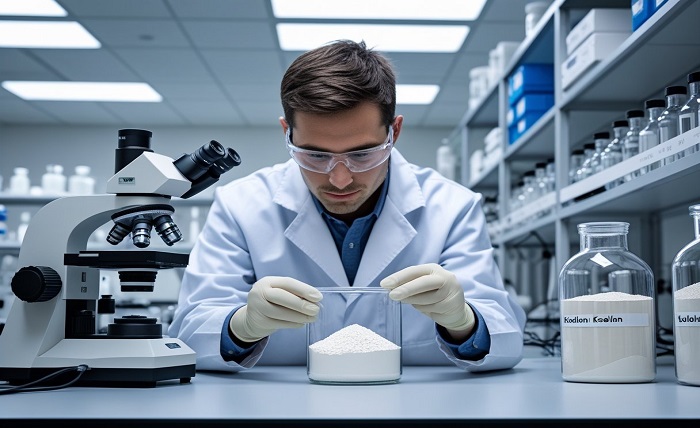
What's on this page:
ToggleIndustrial Uses of Kaolin China Clay in Research and Development
In this section, we’ve highlighted how china clay is being or will be used in industrial research and development in different industries:
1. Ceramics & Advanced Materials
The Ceramics industry is already the biggest consumer of kaolin clay.
However, key innovations, like how to optimize particle size and calcination temperature, remain under development.
If and when they succeed, they’ll result in enhanced ceramic strength and thermal resistance, making them useful for lightweight aerospace components that can withstand extreme temperatures.
For example, researchers blend kaolin with nano-silica to create high-performance ceramic composites. These can help you test flexural strength under high-pressure environments.
Here’s an example of how such a process works:
- Formulation: Mix kaolin with 60–80% purity with silica/alumina additives.
- Testing: Sinter prototypes at 1,200–1,500°C and measure porosity/density.
- Outcome: Kaolin’s lamellar structure can reduce microcracks and improve fracture toughness by as much as 30%.
2. Pharmaceuticals & Medical Research
Kaolin used in pharmaceuticals helps us create better drug delivery carriers or wound-healing accelerators.
For example, studies have mixed Kaolin with a material called chitosan to create a pH-responsive drug-loaded nanoparticle.
Then, they test how fast the resulting drug carrier releases in simulated gastric fluids.
Let’s quickly take a look at one such testing process:
- Modification: First, treat kaolin with silane coupling agents to achieve better biocompatibility (resulting in smaller, lighter medicines).
- Encapsulation: Next, load antibiotics, such as tetracycline, onto the kaolin layers.
- Validation: In vitro tests show sustained release over 24 hours.
Based on the results of such tests, you can adjust the content of different materials in your kaolin-powered drugs to achieve different rates of chemical release.
3. Rubber & Polymer Composites
One of the most important uses of kaolin is in rubber and polymer manufacturing.
These industries are fast replacing carbon black or silica with kaolin for sustainable, high-performing rubber.
For example, a 2024 study used wet-mixing with natural rubber latex and developed tires that could resist high rates of wear and tear at relatively low levels of heat.
Here’s the process they used:
- Dispersion: First, the researchers pre-treated kaolin with silane coupling agents (e.g., bis-(γ-triethoxysilylpropyl)-tetrasulfide) to improve the rubber-filler bonding.
- Compounding: Next, they blended kaolin (20–50 phr) into rubber matrices (NR, SBR) via internal mixers.
- Testing: Lastly, they tasted the resulting compounds for two key measures:
- Mechanical strength: Tensile strength increased by 25% vs. silica-filled rubber.
- Dynamic resistance: Reduced rolling resistance, which is key for “green tires”.
As you can see, Kaolin might be key to creating high-quality tires that can last longer and perform better than existing tires.
4. Sustainable Packaging & Paper
Kaolin is one of the best materials you can use for bio-coating for recyclable packaging.
For example, nano-kaolin coatings on paper can reduce water permeability by 40% while ensuring that it can be recycled easily.
Since kaolin is already widely used in the paper industry, there are several tried and tested R&D processes you can use to create a better bio-coating material for paper:
- Slurry Prep: Mix Kaolin with a starch binder and apply it to paper via spray coating.
- Testing: Conduct an ASTM D3985 test to confirm whether the O₂ barrier properties rival those of the existing synthetic and plastic films used for coating.
If you’re operating in the paper industry, Kaolin clay R&D can be one of the easiest and most promising ways to cut costs, increase quality, and create better products in your market.
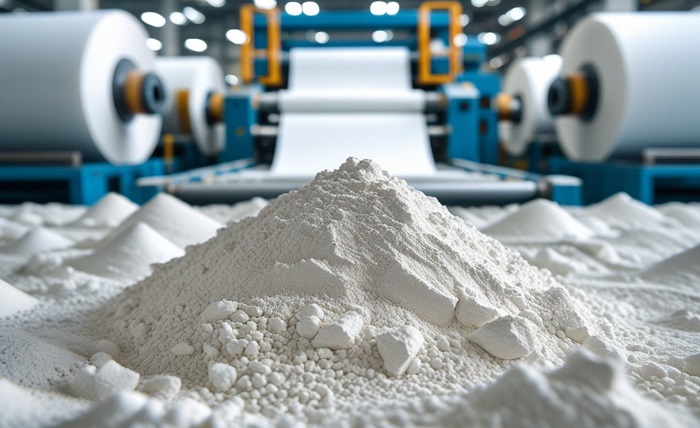
5. Energy Storage (Emerging Field)
The last field of R&D is also the newest – testing the viability of kaolin clay as a raw material for Li-ion battery separators.
The hope is to use calcined kaolin’s thermal stability to prevent thermal runaway in batteries.
Since calcined kaolin can withstand up to 1,000°C of temperature, you can use it to create batteries that can perform at very high temperature levels.
Here’s the process that’s currently being used to test Kaolin’s applicability in the energy storage field:
- Electrode Integration: Kaolin-PVDF composite membranes tested for ionic conductivity.
- Testing: Find out whether the kaolin-powered battery offers a higher cycle life vs. ones that use conventional separators.
The use of kaolin in Li-ion batteries as a separator might be one of its most important contributions ever. However, the key is to replicate the results at industrial scales and ensure consistency + efficiency.
Innovations and Future Trends in Kaolin-Powered Research and Development
At The Sharad Group, we work closely with market leaders who regularly rely on China Kaolin clay as a raw material in their manufacturing processes.
Through our experience, we have observed that there are 4 key trends that are emerging in the field of kaolin-powered R&D:
- Nanotechnology: Create ultra-fine kaolin-powered carriers for efficient and effective drug delivery and nanocomposites.
- Sustainable Mining & Processing: Engineering eco-friendly extraction solutions and water recycling processes in kaolin mining and production.
- Biodegradable Plastics: Researching the ability of kaolin to act as a filler in renewable polymers for greater sustainability.
- Cosmetic & Dermatological Research: Exploring the use of kaolin in gentle, nature-friendly skincare formulations.
Get the Finest Quality Kaolin China Clay for R&D from The Sharad Group
As we’ve shown you through this post, Kaolin clay’s potential in R&D is massive. It can improve the lifecycle of Li-ion batteries, make tires last longer, create brighter + recyclable paper, and even transform drug-delivery systems.
However, the key to unlocking these gains is getting a steady supply of high-quality china clay. And that’s exactly where we come in!
As leading kaolin china clay manufacturers in India, we at The Sharad Group have 60+ years of experience in mining, refining, and shipping the purest grades of kaolin clay.
Based out of one of the global centres of china clay production in Gujarat, we are also conveniently located near key supply chains that ensure on-time delivery.
So, whether you’re looking to revolutionize the paper industry, supercharge Li-ion batteries, or create high-quality tyres that’ll reduce carbon emissions, we’re ready to supply you with the kaolin clay you need. Reach out to us for free samples, a quote, and a delivery timeline for your kaolin china clay.
Kaolin China Clay in Research and Development: FAQs
1. What are the top industrial uses of kaolin china clay?
Kaolin is widely used in ceramics, paper coatings, pharmaceuticals, rubber composites, and Li-ion batteries. Its unique properties, like chemical inertness and fine particle size, make it ideal for high-performance industrial applications.
2. What are the properties of kaolin used in pharmaceuticals?
Kaolin used in pharmaceuticals is absorbent and non-swelling in nature. This makes it perfect for developing better drug delivery carriers. Some market leaders that we’ve worked with use it to create pH-responsive nanoparticles and wound dressings, ensuring controlled release of medicines (like antibiotics) over 24+ hours.
3. Why choose The Sharad Group among kaolin china clay manufacturers?
With 60+ years of expertise, we supply high-purity, customizable kaolin for R&D. Our sustainable mining and global logistics ensure consistent quality for industries like ceramics, energy storage, and pharmaceuticals.
4. Can China clay replace synthetic materials in sustainable packaging?
Yes! Nano-kaolin coatings cut water permeability in paper by 40% while maintaining recyclability. It’s an eco-friendly alternative to plastic films, with superior O₂ barrier properties compared to synthetic films.
5. Is kaolin used in energy storage R&D?
Absolutely! Calcined kaolin’s thermal stability (up to 1,000°C) helps prevent battery overheating. From some early test results we’ve seen, its application improves cycle life by 15% in Li-ion batteries vs. conventional separators.

